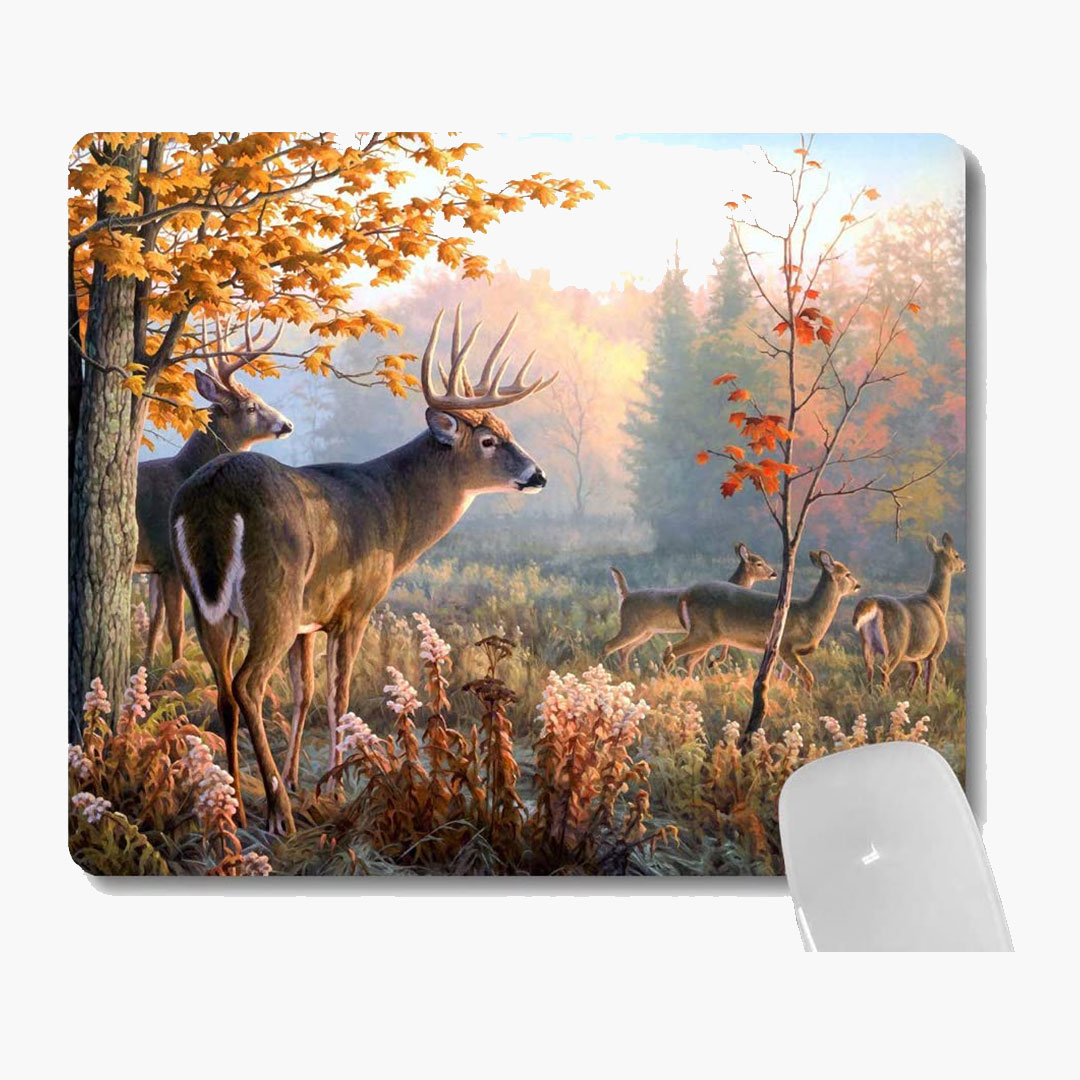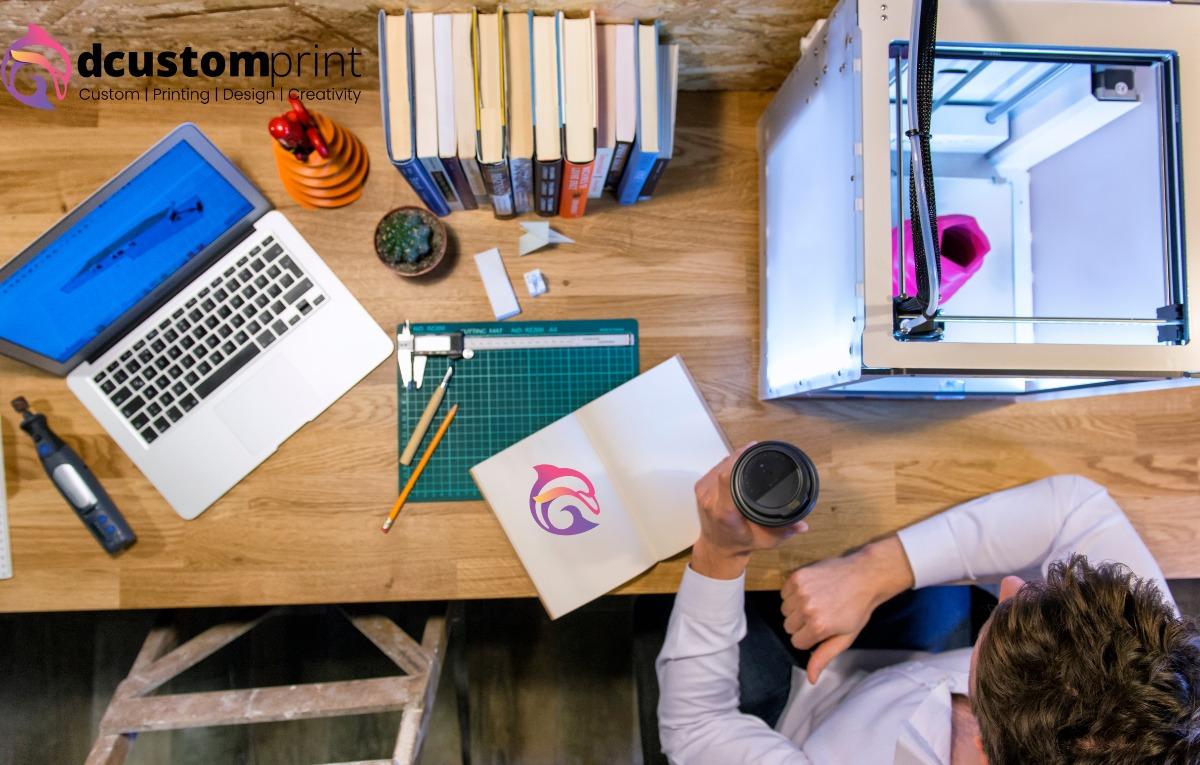Marketing & Advertising, Print
The Evolution Of Printing Technology: Top 6 Things To Know
The evolution of printing technology refers to the historical development of methods and tools used for printing, which has played a significant role in spreading knowledge, ideas, and culture throughout human history. Printing technology has undergone several stages of development, starting from early techniques such as woodblock printing and moveable type print, modern digital printing, and 3D printing technologies.
Each stage of development brought new advancements in printing technology, improving printed materials’ speed, accuracy, and quality. Printing technology has played a vital role in the dissemination of information, from the early days of printing manuscripts to the mass production of books, newspapers, and other printed materials. The development of printed technology has led to significant advancements in many fields, including science, education, medicine, and commerce.
Today the printing industry is a complex and diverse field encompassing many different technologies, including offset printing, digital printing, screen printing, flexography, gravure, and 3D printing. Each of these technologies has strengths and weaknesses and uses. In different ways depending on the specific requirements of the printing job. The evolution of printing technology is driven by the need for faster, more efficient, and higher-quality printing methods. As technology advances, we expect to see even more innovations in the printing field, allowing for new possibilities in communication, design, and manufacturing.
6 THINGS TO KNOW ABOUT THE EVOLUTION OF PRINTING TECHNOLOGY
The evolution of printing technology can trace back to the invention of paper in ancient China development of woodblock printing in the 8th century. Over time, printing technology has continued to evolve, leading to significant advancements in communication and publishing. Here is a detailed definition of the evolution of printing technology:
EVOLUTION OF PRINTING TECHNOLOGY
WOODBLOCK PRINTING:
Woodblock Printing is one of the earliest forms of printing technology. It involves carving a relief image onto a block of wood and using it to print onto paper or cloth. This method widely uses in East Asia for publishing books and textiles.
MOVEABLE TYPE PRINTING:
Moveable printing first develops in China in the 11th century; this type of printing involves arranging individual letters and symbols into a frame to create a page of text, which prints onto paper using a press.
LITHOGRAPHY:
Alois Sene Felder invented Lithography in the late 18th century. It involves using a flat stone or metal plate and a chemical process to create an image that can transfer onto paper. This method still uses today for printing high-quality paper products.
OFFSET PRINTING:
Offset printing develops in the early 20th century and is now the most widely used printing technology. It involves transferring ink from a metal plate to a rubber blanket, then moving it onto paper. Offset printing is ideal for large print runs and produces a high-quality, sharp image.
DIGITAL PRINTING:
Digital printing technology was first introduced in the 1990s and has since revolutionized the printing industry. It involves using digital files to produce prints directly onto a substrate, eliminating the need for traditional printing plates. Digital printing allows faster turnaround times, variable data printing, and on-demand printing.
3D PRINTING:
3D printing, also known as additive manufacturing, is a technology that creates three-dimensional objects from digital files. It works by building up layers of material, such as plastic or metal until the desired shape achieves. Plastic or metal until the desired shape achieves plastic or metal until the desired shape achieves. Plastic or metal until the desired shape achieves. 3D printing is used in aerospace, health, plastic, or metal industries until the desired shape achieves. 3D printing uses in the aerospace, healthcare, and automotive industries.
1. WOODBLOCK PRINTING:
Woodblock printing is one of the earliest forms of printing. It involves carving and mage into a block of wood, applying ink into the raised areas, and then transferring the inked image onto paper. Other materials. The process of woodblock printing involves several steps. First, an artist creates a design on a piece of paper or silk, then glues it to a wood block. The artist then carved the design into the wood using knives, chisels, and other tools, creating raised areas to hold the ink. Once the block has been cut, ink applies to the raised areas using a roller or brush. The ink block then presses onto paper or other materials, transferring the inked image onto the surface. Multiple blocks use to create multi-color images.
Woodblock printing uses for printing books, newspapers, and even playing cards. One of the most famous examples of woodblock printing is the Diamond Sutra, a Buddhist scripture printed in China. This scroll, now housed in the British Library in London, is the oldest surviving printed book in the world. Woodblock printing is a fascinating print that has significantly spread knowledge, culture, and art throughout history. It can still be seen today in modern printing techniques and in the works of artists who continue to use this traditional technique to create beautiful and unique prints.
2. MOVEABLE TYPE PRINTING:
It is a printing technique that developed in the mid-15th century. This technique revolutionized the printing industry by allowing for the mass production of books and other printed materials. The moveable type printing process involves the use of individual metal or wooden letters and symbols that can rearrange to create different words and sentences. These unique pieces, known as type, arrange on a composing stick to form a line of text, then transferred to a printing press. Printing. Moveable type printing also plays a significant role in the development of the protestant reformation as religious text could be produced quickly, allowing to spread of Protestant ideas across Europe.
Today, moveable type printing is no longer used for commercial printing, as it has been largely replacing digital printing technology. However, it remains an integral part of printing history and is still used by some artists and printers to create unique and beautiful works of art. Moveable. Type printing was a revolutionary printing technique that transformed the printing industry and profoundly impacted the spreading of knowledge and ideas. Its legacy can still be seen today in the mass-produced books and printed materials that are widely available, as well as in the works of artists and printers who continue to use moveable type printing to create unique and beautiful prints.
3. LITHOGRAPHY PRINTING TECHNOLOGY:
Lithography is a printing technique that involves printing by transferring ink from a flat surface onto paper or other materials. It has been widely used for printing books, newspapers, magazines, posters, and other materials. The lithography printing process involves several steps. First, an image draws onto a flat stone or metal plate using a greasy substance such as ink or crayon. The plate treats with a chemical solution that repels the slippery areas while the non-greasy sites attract water.
In the next step, the plate was wet with water and then inked with a roller. The ink adheres to the greasy areas of the plate but not to the non-greasy wet regions. The plate then presses onto paper or other materials, transferring the inked image onto the surface. Lithography printing still widely uses for printing books, magazines, and other printed materials. It also uses for printing packaging and labels for food and consumer products.
Advances in lithography technology have led to digital lithography, which uses computer-generated images and digital printing plates to produce high-quality prints. Lithography printing is a versatile and widely used printing technique that has been essential in spreading information, art, and commerce throughout history. Its ability to produce high-quality images and multi-color prints has made it a popular choice for printing books, magazines, and other materials. Lithography has evolved; it remains an integral part of the printing industry and continues to use for a wide range of applications.
4. OFFSET PRINTING TECHNOLOGY:
It is a widespread technique used for the mass production of high-quality prints. This printing process involves transferring ink from a printing plate to a rubber blanket, then moving the ink onto paper or other materials. Offset printing involves several steps. First, a printing plate creates by exposing a light-sensitive coating on a metal plate to a film negative of the image to be printed. This plate then washes with a chemical solution that removes the layer from the non-image areas, leaving behind a raised appearance on the plate. Next, the dish mounts onto a printing press and inked with rollers. The ink adheres to the submitted image areas on the plate but not the non-image areas. The ink image is then transferred to a rubber blanket, which moves the image onto paper or other materials.
Offset printing has several advantages over other printing techniques:
- It allows for printing high-quality images with fine details and subtle gradations of tone.
- It can also print in large quantities, making it ideal for producing books, magazines, catalogs, and other printed materials.
- Offset printing is also versatile, allowing for using different types of ink and paper and printing multi-color images.
- It also uses for printing packaging and labels for consumer goods, as well as for printing newspapers.
5. DIGITAL PRINTING TECNOLOGY:
Digital printing technology has also significantly impacted the production of customized packaging. Before digital printing, customize packaging typically produces using analog printing methods, such as flexography or lithography. These methods were time-consuming and expensive and required large print runs to be cost-effective. However, with digital printing technology, customizes products can now produce on demand, with high-quality prints and a range of substrates.
One of the most significant benefits of digital printing technology for customized products is its ability to produce variable data printing. This technology enables each printed product to contain unique data, such as names, images, or numbers. This capability has enabled the production of customized promotional products, such as personalized pens, water bottles, mugs, mouse pads, and other branded merchandise.
6. 3D PRINTING TECHNOLOGY:
3D printing, also known as additive printing manufacturing, is a technology that allows for the creation of three-dimensional objects from digital models. This technology has revolutionized the manufacturing industry by enabling customized products tailored to the specific needs of individual customers. 3D printing involves creating a digital model of the desired product using specialized software, which converts it into a series of thin layers. These layers thin print, one on top of the other, using various materials such as plastic, metal, or even biological tissue. There are some advantages of 3D printing listed below:
- This technology can create highly complex and intricate designs that would be impossible to produce using traditional printing methods.
- It can produce small quantities of products economically.
- 3D printing technology eliminates costs and allows the production of small quantities of customized products cost-effectively.
CONCLUSION:
The evolution of printing technology has played a significant role in shaping the world we live in today. From the early days of block printing to the modern era of 3D printing, printing technology has constantly evolved to meet the needs of society. It has enabled the dissemination of knowledge and ideas, revolutionized industries, and transformed how we live and work. As we continue to push the boundaries of what is possible with printing technology, it is exciting to consider the possibilities for the future and the impact that printing technology will have on our lives.
FAQ (Frequently Asked Questions):
- What are the different types of printing technology?
- Many types of printing technology exist, including moveable, offset, lithography, flexographic, and screen printing.
- How has printing technology evolved?
- Printing technology has evolved significantly from the early days of block printing to modern 3D printing.
- What are some industries that have been impacted by printing technology?
- Printing technology has impacted many industries, including publishing, advertising, packaging, manufacturing, healthcare, and education.
- What is the future of printing technology?
- The future of printing technology is exciting, with continued advancements in materials, software, and hardware enabling new possibilities for innovation and creativity.



